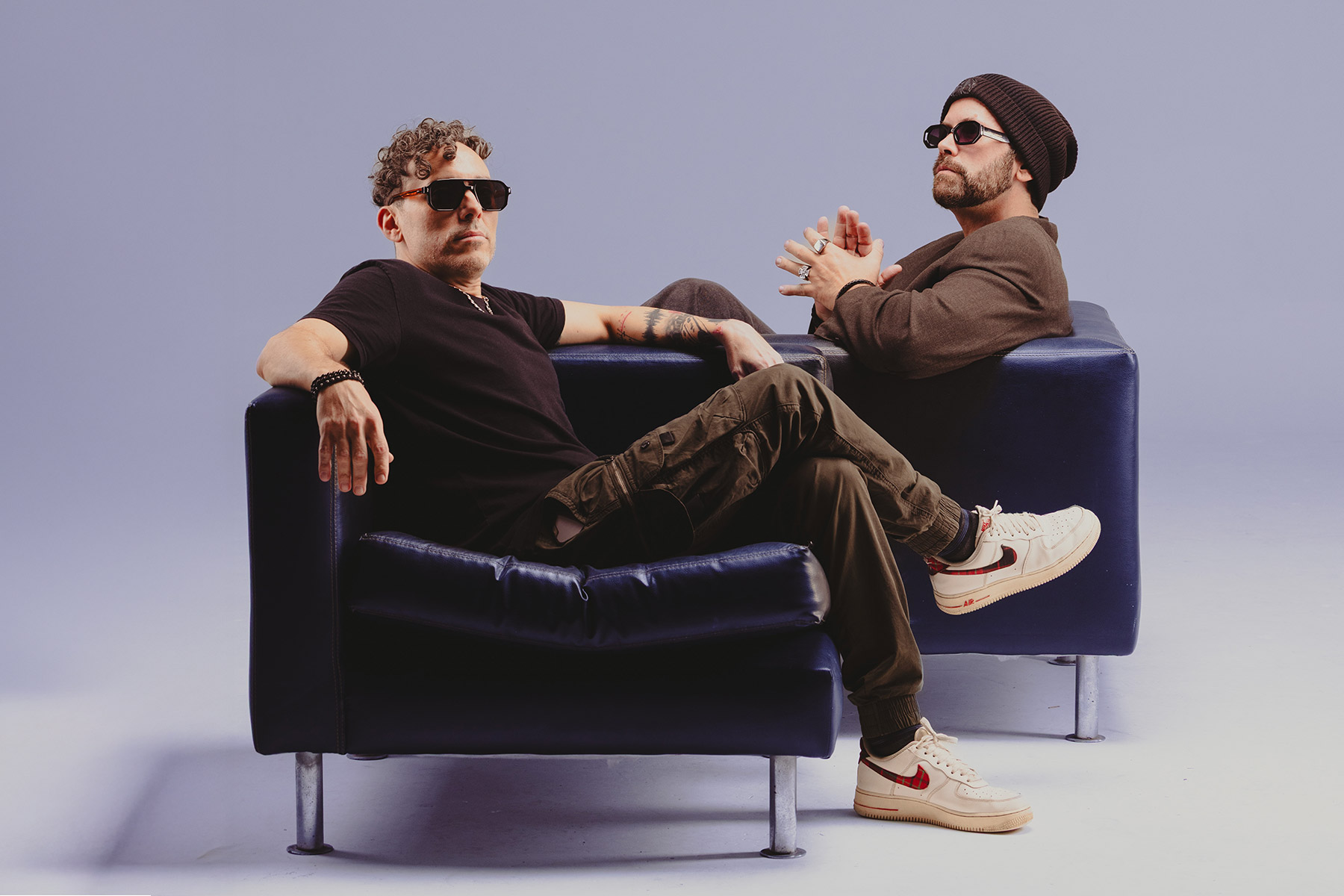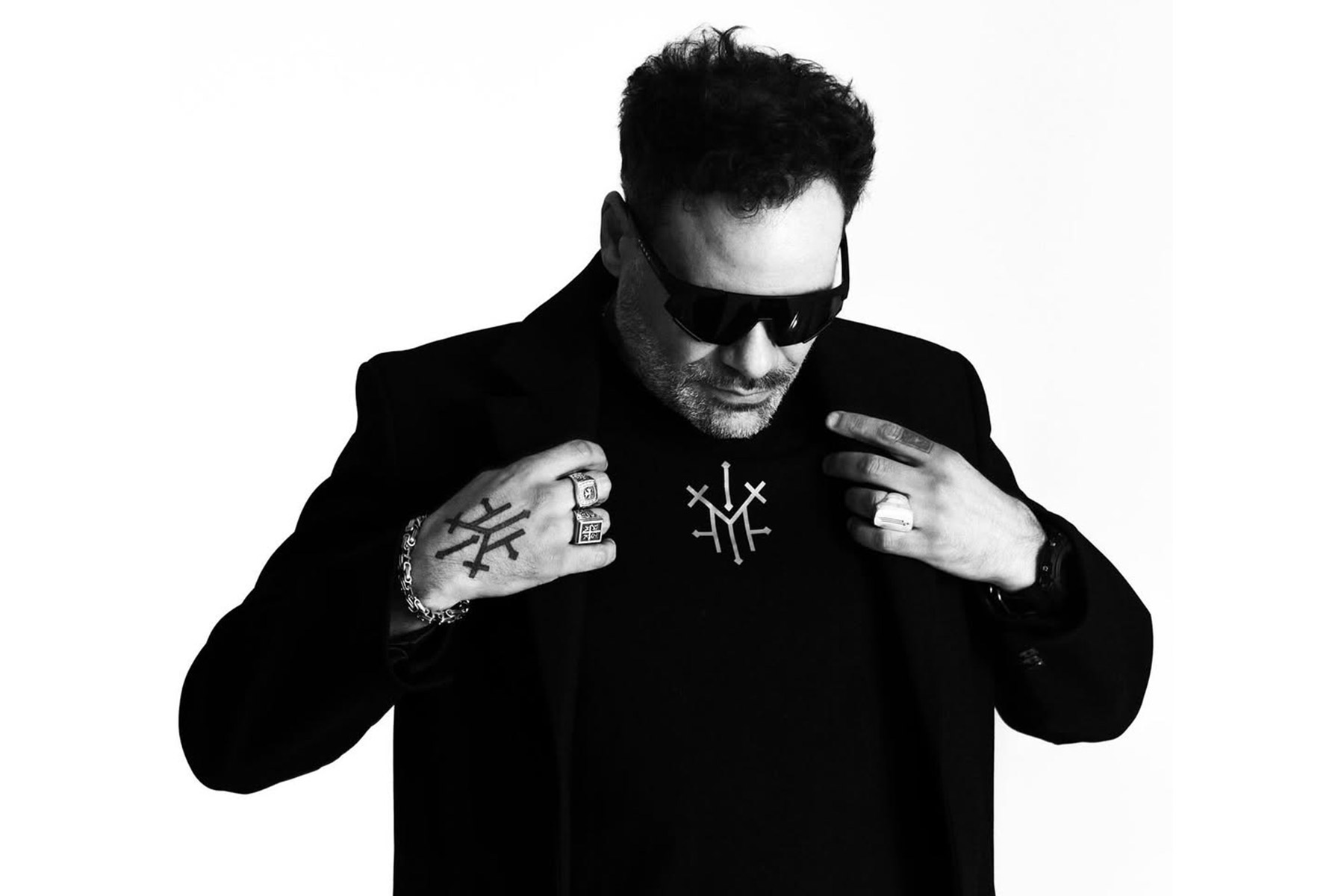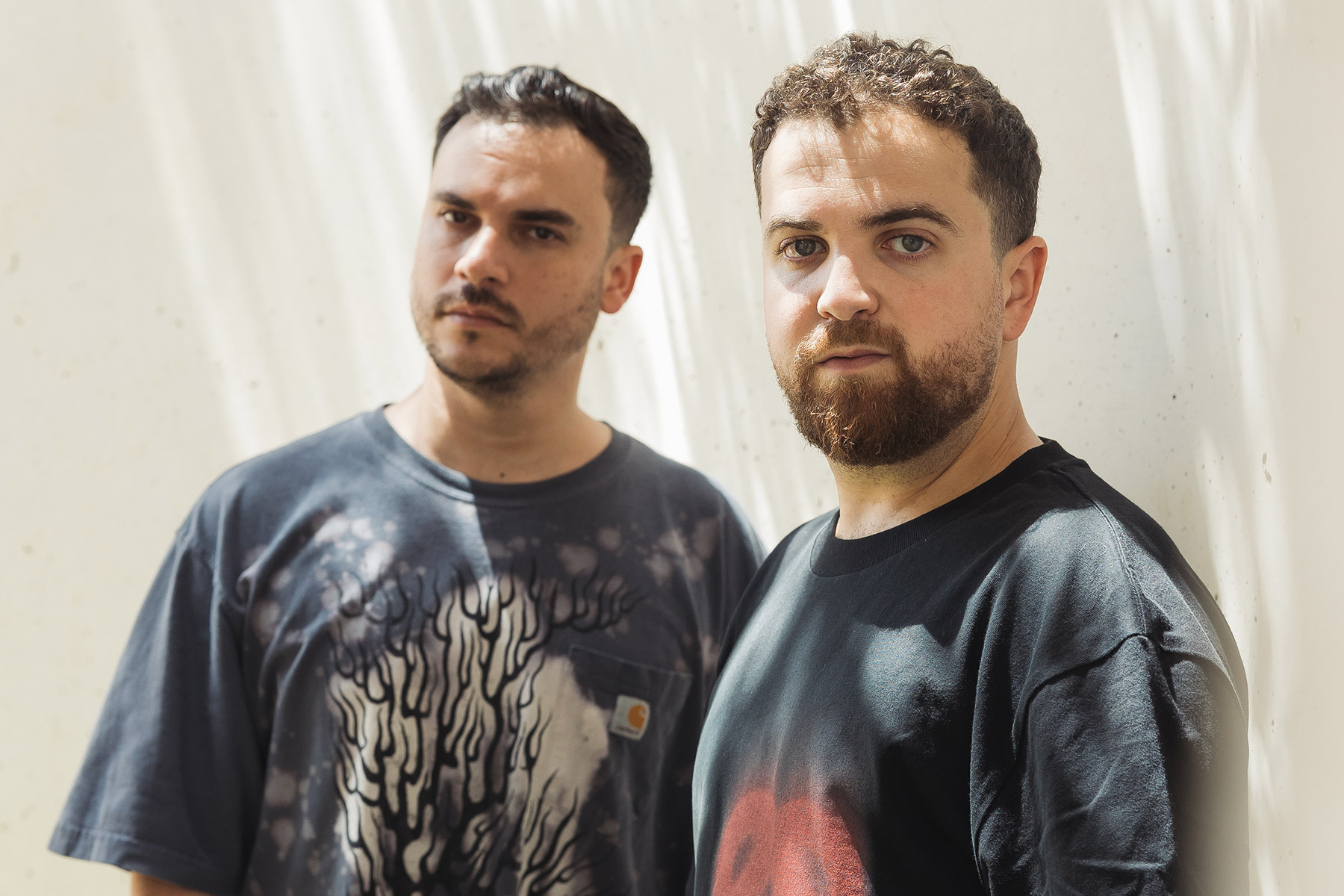A staple of the Argentine progressive sound that is instrumental to the genre, Nico Rada has become one of its future stars in his own right. Catapulted by a tight production partnership with British progressive legend Nick Warren, the artist has taken his sound to some of the most respected labels in the scene, such as Balance Music, Hope Recordings, The Soundgarden, Get Physical, among others.
Coming off fresh from drops via premier organic house imprints Do Not Sit On The Furniture and Tale & Tone, Nico Rada invited EG into his studio for some 5 essential tips.
1. How to choose a remix
When I choose a track to remix, the first thing that comes to mind is the groove. Although the track might be one of the best ever, and even if I really like the groove, the kick, the bass…they are all things that I leave aside because, while on remix duties, I believe you should pay more attention to the melody. To me, the groove is what characterizes the producer, and that is the ‘aggregate’ that makes the remix recognized by whoever produced it. If I use the kick, the percussions, etc…it is bound to sound similar to the original tune. On the other hand, if I only use its harmony and melody, I can craft a more unique version. The track you like might not always be the best track to remix. Having a critical eye will help you on your way to a good one. Obviously, it also depends on how good and complete the remix pack is 😉
2. Grooves, don’t delete them
It’s always a good time to be trying out new basslines, kicks, and percussions. Open Ableton Live and get carried away in the day, very good things will surely arise from there. If you have something that works but is not finished yet, do not delete it. Maybe it will be used for something else. Many times, I have turned to my unfinished projects to make a remix or another original. I’ll leave it in that key, as it is, and continue with something else. When I find myself with the chance to remix something, I might find a starting point in one of those ‘discarded’ projects. Maybe it won’t end up being what I thought it would be, but it’s always very motivating to have a starting point when there’s not too much inspiration around.
3. Style
First, create, and then see. The most important thing is to do what you like, feel and love. Not what is fashionable or what someone else did. If you are not faithful to what comes out from your insides, then you are not feeling what you really want to feel. Don’t do an original or a remix just because you saw another producer do that particular style and a major artist used it. Do what comes out when you sit down to produce. Surely, at some point, someone will use what you created. There are moments for everyone and music has many moments throughout a set. Surely your tracks will end up in several sets. It’s okay to influence others, but don’t pretend to be others.
4. Study what you want, search for new sounds
If you feel that you have hit a roadblock, then seek to unlock yourself. Learn from others or ask them to teach you, take courses and classes of any kind. Watch tutorials on YouTube, paid or free masterclasses. You are in control and have a chance to better yourself. If you feel that something is missing, look for new sample libraries, or buy a new synthesizer by selling another one that you no longer use, reinvent yourself. Change as electronic music changes.
5. Respect and perseverance
Be as professional as you can, don’t let anxiety overwhelm you. It is very easy to see how others achieve things, but it is very difficult to see why one is where one is. Everything comes, respect your colleagues and be respectful to anyone in the environment. It’s a long career whether you’re a producer or a DJ. The turns of life will make your effort be recognized if you are a good person. Do not always look at the other just to see that he triumphed and you did not. There are moments, respect the moment of the other, and surely yours will come soon.
Follow Nico Rada: SoundCloud | Instagram | Facebook | Spotify








